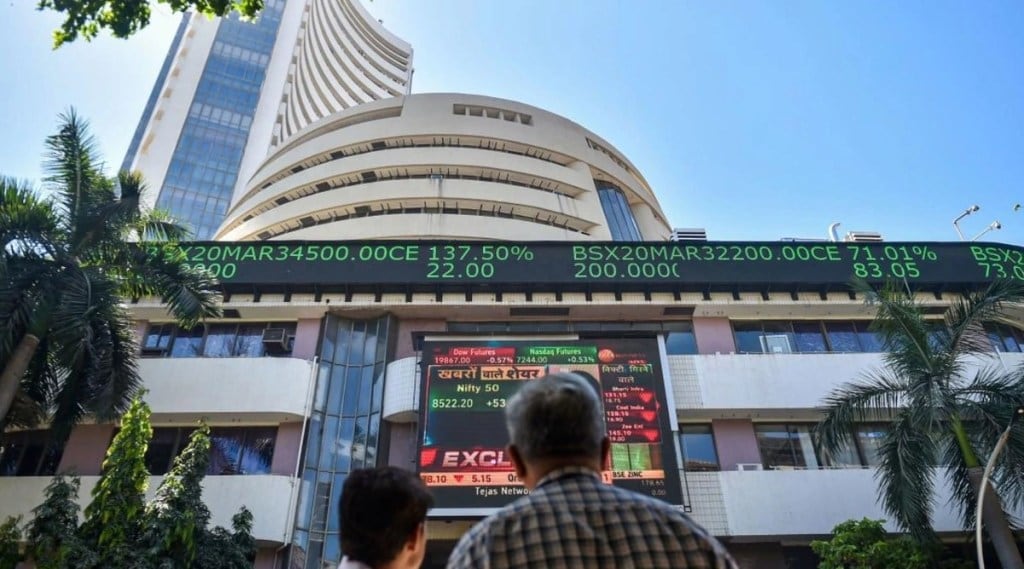Indian markets are slightly expensive, however, since the long-term growth trajectory of India is positive, the valuation is nowhere in the risky category. With some concerns about earnings growth, the risk-reward might not be favourable in the near-term. But, those investing from a 2-3 year horizon will reap reasonable returns even from the current levels, said Mahesh Patil, CIO, Aditya Birla Sun Life AMC in an interview with Shaleen Agrawal of FinancialExpress.com last week.
What is driving exuberance in markets?
Talking about what has been driving the rally in equity markets, Patil mentioned that Indian markets have done well in the recent past. While the markets are not back to the pre-pandemic growth trajectory, those have performed well with a revival in auto and banking sectors. Credit growth has picked up, corporate balance sheets are healthy and NPAs have declined to new lows. These along with a pick-up in investment and green shoots in Capex have boosted investors’ sentiments. Additionally, the real estate sector which was in a downtrend is now seeing a revival with healthy inventories.
India is projected to grow at 6% when the US is feared to deal with a recession. This is giving some confidence in the economy. The geopolitical scenario is also favorable to India with China + 1 becoming a focus. Several global companies are now looking at India as an option since the government has worked on the logistics sector to deal with supply bottlenecks. Corporate tax cuts, PLIs being offered by the Centre are also pushing the scale in favor of India, thereby driving exuberance in Indian equity markets, noted Patil.
Risk factor to watch out for
Going forward, Patil expects margins to improve as commodity prices are coming off highs. For FMCG and auto sectors, margins are expected to improve significantly. While the market outlook on the whole looks positive, there are some risk factors including high interest, economic slowdown, recession concerns, low exports, widening trade deficit, and crude oil prices. If crude prices cross the $100 per barrel mark again in the near term, it will put immense pressure on Rupee, thereby posing a negative cue for the share market as well. All these risk factors may cause a correction. However, Patil believes that the correction will be short-lived as the outlook of the Indian economy is positive and the DII flow has been consistent.
Stay invested, don’t wait for correction
If the risk factors materialise, Indian markets may correct 8-10%. However, waiting for a correction to invest may not be the best approach. Those who fear the markets are too expensive at the moment should still continue to invest even if it is through STP or SIP. The market veteran recommended a staggered investment approach instead of putting lump sum money in order to reap most returns. Domestic economy-facing sectors, banking, real estate, and Utility PSUs sectors are among Patil’s top bets where investors can see some outperformance in the near-term.


